
Angelfish receive the most comments of the typical community aquarium when viewed by noncombatants (those who don’t keep tanks). “What are those exotic-looking fish?” and “What are those fish that looked like they were slammed in the door?” are two questions that I have probably heard the most often. The answer to the question is not simple.
There are at least three angel species that live in the waters of South America, but there are probably more than that–at least that is the opinion of ichthyologists who have studied them most. The officially recognized species are Pterophyllum scalare, P. leopoldi and P. altum. The most common is P. scalare, the angel with which most of us are familiar. Pterophyllum leopoldi looks very similar to P. scalare but is somewhat elongated. It is sometimes called the “long-nosed angel.” Pterophyllum altum is the most rare angel in the hobby, as it has rarely been bred in captivity. It is often called the “tall angelfish” because specimens from the wild often measure 2 feet in height.
So what do we have in our tanks? Most likely we have an aquarium strain of P. scalare (with possible crosses to P. leopoldi) that has been bred for many generations in captivity. That means that it is quite adaptable when it comes to water conditions, and it readily spawns in captivity. The downside is that their eggs have been hatched artificially for so long that if they are left with the parents, the parents are unpredictable. Angels are members of the family Cichlidae, a fish family renowned for its dedicated care and protection of the young. Since the young of angel species have always been so valuable, fish breeders hatched the eggs artificially and raised the young separately from the adults. They got more frequent spawns that way, but the maternal instincts of the parents is often missing in many individuals, and the eggs may actually be eaten by the parents — which is common with most fish but normally unthinkable for cichlids.
In addition to the tank-raised specimens that look much like their brethren in the wild, there are fancy variations of the species. There are veiled angels, blushing angels, ghost angels and a host of other color variations (usually called “fancy angels”). It has been found that if we let these different strains breed together at random, we eventually end up with the wild-looking angel once again. Nevertheless, most angel hobbyists concentrate on breeding the fancy strains.
Some of the more rabid angel fans concentrate on getting wild angels of any of the species. The challenge is that the fish are much more demanding in terms of water quality, and they are much more difficult to breed. These wild forms are more visually appealing to many enthusiasts than the fancy strains, and they are dependable parents.
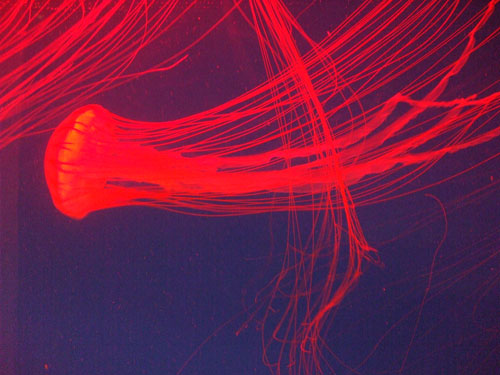 Proper Aquarium Lighting for your Aquarium Application
Lighting, just like filtration and heating, is an essential
Proper Aquarium Lighting for your Aquarium Application
Lighting, just like filtration and heating, is an essential
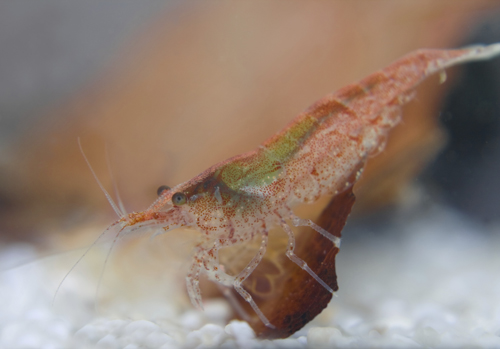 Setting Up a Freshwater Shrimp Tank
Shrimps are interesting aquatic animals that can be raised a
Setting Up a Freshwater Shrimp Tank
Shrimps are interesting aquatic animals that can be raised a
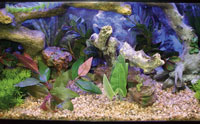 Fish Aquarium Setup Decorations
Few things are as captivating as a beautifully decorated aqu
Fish Aquarium Setup Decorations
Few things are as captivating as a beautifully decorated aqu
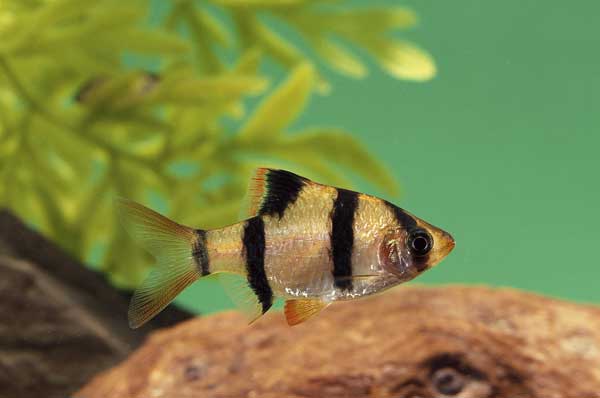 5 Great Freshwater Aquarium Fish
You have your aquarium all set up. The filter has been on fo
5 Great Freshwater Aquarium Fish
You have your aquarium all set up. The filter has been on fo
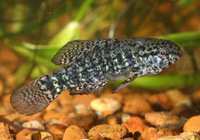 Pygmy Sunfish
With this installment of Conservation Corner, I thought Id t
Pygmy Sunfish
With this installment of Conservation Corner, I thought Id t
Copyright © 2005-2016 Pet Information All Rights Reserved
Contact us: www162date@outlook.com